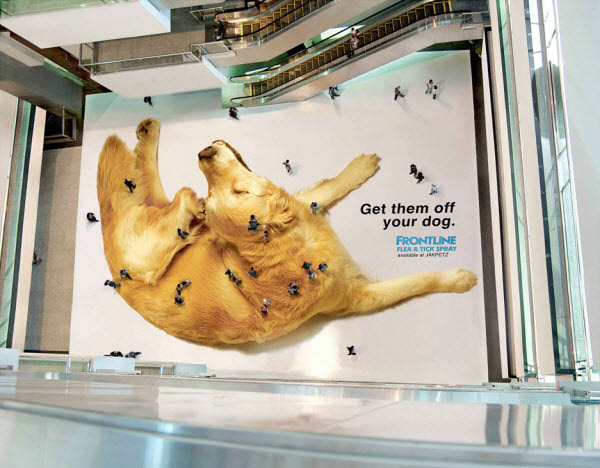With the right marketing campaign, you can connect with your target audience, cultivate brand loyalty, generate new leads, and build relationships that last.
It also requires a lot of work. It requires careful research into your target market, creative strategies for getting noticed, and the courage to go against the grain.
Sometimes they flop. Sometimes they bring in 20x the business.
Understanding the key elements of a marketing campaign along with the different types of campaigns and goals for each campaign can help you create strategies that get noticed and generate results for your business.
Before you start brainstorming ideas for your own marketing campaign, take a look at some of the most effective campaigns in recent history as inspiration for launching your own.
From classic television spots to innovative use of social media tools, these highly successful marketing campaigns showcase techniques used by top brands around the world. D
With a little bit of creative thinking, you can design an effective marketing strategy that engages customers in new ways and drives results.
Let’s take a closer look at some of the best marketing campaigns out there.
Elements of a Marketing Campaign
There are many elements to consider to create a marketing campaign that has the desired impact and this varies from marketer to marketer, but here are a few key elements that most would agree on:
- Clear Messaging: A successful campaign should have a clear message that can be easily understood by its target audience.
- Creativity: Campaigns should stand out from the competition with creative assets that appeal to emotions in order to stay memorable.
- Execution: The execution of the campaign needs to be flawless in order for it to gain traction with its intended audiences.
- Relevance: The content needs to be relevant and timely, as well as consistent with the brand’s values and mission.
- Consistency: Consistent messaging across different channels helps create a cohesive brand identity that customers can identify with.
- Testing and Analytics: It is important to track progress and results with key performance indicators (KPIs) in order to determine if the campaign is successful or not.
Having a solid understanding of these elements can help you create marketing campaigns that will be successful and have an impact on their target audiences.
Types of Marketing Campaigns
Now that we’ve gone over the basics, let’s take a look at some of the different types of marketing campaigns out there:
- Television Ads: Traditional television ads are still effective for reaching large audiences and older generations.
- Digital Ads: Digital advertising allows brands to target specific demographics with greater accuracy.
- Social Media Marketing Campaigns: Social media campaigns can be used to engage customers and spread brand awareness.
- Content Marketing: Content marketing campaigns use content such as blog posts, SEO, videos, and infographics to engage customers.
- Influencer Marketing: Utilizing influencers to promote products or services is an effective way to reach broader audiences.
- Direct Mail Campaigns: While this is a dying breed, it still works for some companies. This involves sending out old-fashioned mail through the post office.
- Event Marketing Campaigns: This involves hosting an event to promote or showcase a product or service.
- Email Marketing Campaigns: Email marketing is used by everyone the small blogger and business owner with a solid sales funnel to massive Fortune 500 companies running product launches, discounts, and more.
- Rebranding Campaigns: Used to update a brand’s image and/or messaging and to get customer’s support and loyalty for this change
- Guerrilla Marketing Campaigns: This involves using unexpected and unconventional tactics to generate buzz for a brand or product.
- Press Releases: Sending press releases to media outlets can generate publicity and exposure for a product or service.
- Other Paid Advertising: Companies also use paid ads on search engines to promote their websites and products.
These marketing campaigns can all be used separately or across multiple marketing channels to create effective strategies for reaching target audiences.
Goals of a Marketing Campaign
Before you launch any type of marketing campaign, it is important to have clear goals in mind. This will help guide your strategy and ensure that the campaign is hitting the right targets.
Some common marketing campaign goals include:
- Brand Awareness: The goal of a brand awareness campaign is to increase recognition of the brand and its products or services.
- Lead Generation: Lead generation campaigns focus on getting a new customer base interested in a product or service through an offer or incentive.
- Engagement: Engagement campaigns center around stimulating conversations about the brand, the company’s values, and its products and services.
- Conversion: Conversion-focused campaigns are designed to drive customers to take desired actions such as signing up for newsletters, downloading content, or making a purchase. They are effective at generating revenue with a strong call to action.
By having clear campaign goals in mind, you can better analyze the results of your campaigns to see how effective they are.
30 Effective Marketing Campaign Examples
1. Red Bull Stratos: Skydiving from Space
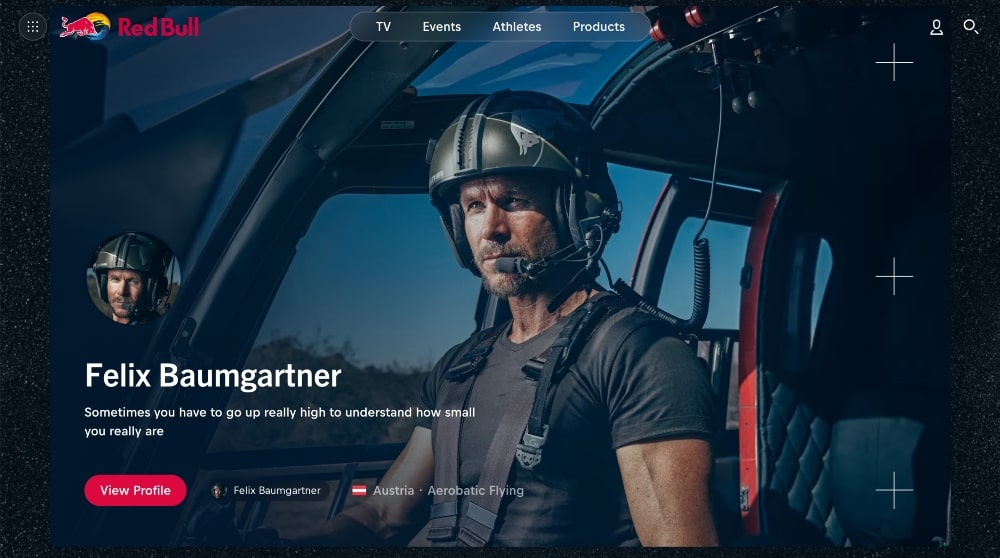
The energy drink brand, Red Bull, is no stranger to out-of-the-box marketing campaigns. In 2012, they created a marketing campaign “Stratos”—a mission to send a professional skydiver into space and back using a helium balloon.
With help from Austrian daredevil Felix Baumgartner, the mission was completed successfully on October 14th of that year, reaching an altitude of 24 miles above earth.
Red Bull was able to capitalize on this major event with an interactive website for their audience as well as documentary films about the experience available online for free.
According to Adweek, the live stream video of the mission was seen by over 8 million people, while the campaign as a whole reached more than 50 million viewers worldwide.
This marketing campaign stands high above the rest because of Red Bull’s willingness to go above and beyond in order to promote its brand.
It elevated its image as an “edgy” company willing to take risks for the sake of producing unique content.
2. Apple: Shot on iPhone
The idea behind Apple’s “Shot on iPhone” campaign was to encourage users to take photos with their iPhones and then post them online using a specific hashtag.
Apple then blew up these photos and posted them on billboards to showcase how incredible and capable the iPhone camera was.
The campaign was incredibly effective, reaching over 1 billion people worldwide and generating more than $50 million in earned media value according to Adweek.
3. NetFlix: Love is Sharing a Password

Netflix’s “Love Is Sharing a Password” campaign was an excellent way for the company to humanize its brand in a tongue-in-cheek manner.
The campaign featured a series of adverts that showcased couples splitting costs, such as sharing an Uber ride or splitting dinner, and then ended with sharing their Netflix password.
This clever marketing move gave viewers something relatable and humorous to connect with while still reinforcing the message that there are multiple ways to save money on costs like streaming entertainment.
The campaign was so successful that it won an Emmy Award in 2017 for Outstanding Commercial.
Ironically, Netflix now has since changed its tune actually restricted sharing passwords, but they’re a large enough company now that it has actually resulted in a growth in new subscribers.
4. Airbnb: We Accept
Airbnb is known for its commitment to inclusion and diversity, which is why in 2017 they launched the “We Accept” campaign.
The campaign was a response to President Trump’s travel ban on seven Muslim-majority countries and sought to promote acceptance of all people regardless of their race, religion, sexual orientation, or any other identity.
The campaign featured an ad during the Super Bowl that showed diverse faces from around the world with the tagline, “We believe no matter who you are, where you’re from, who you love, or who you worship, we all belong. The world is more beautiful the more you accept.”
This effective marketing campaign resonated with many viewers across the world and garnered a tremendous amount of positive attention for Airbnb as well as a great deal of earned media value.
It also helped to solidify Airbnb’s commitment to inclusion and diversity as well as its stance on social issues.
5. Corona: Find Your Beach
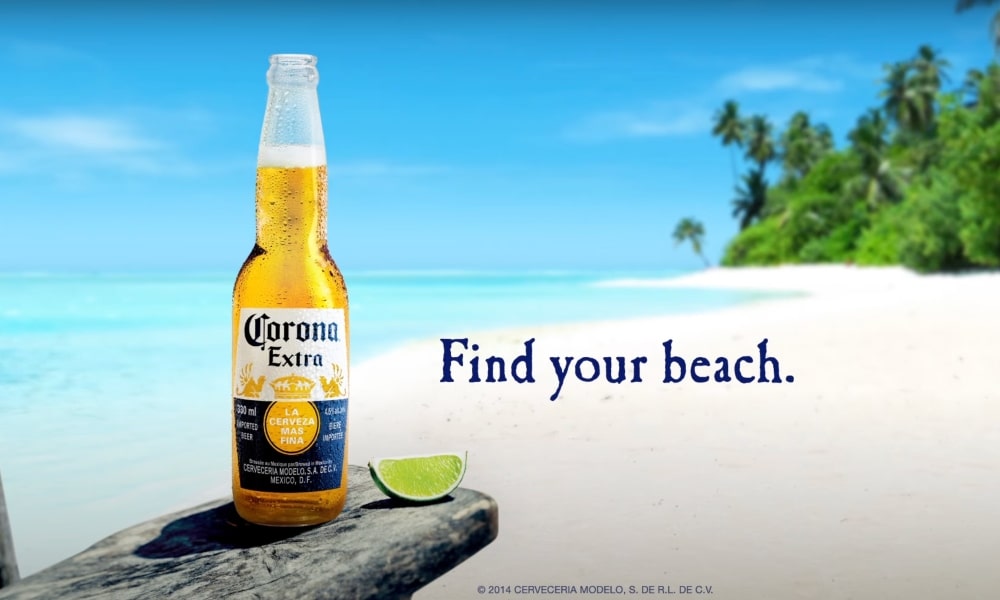
Corona’s “Find Your Beach” campaign was an excellent example of a tourism and lifestyle-focused marketing strategy.
The goal of the campaign was to encourage people to find their own version of paradise, whether it be on the beach or somewhere else entirely.
The campaign featured stunning visuals that showcased different beaches from around the world as well as uplifting stories about people who had found their own “beach” in life.
This emotional connection with viewers resonated strongly and helped Corona become one of the top beer brands in Mexico, where the ads were particularly successful.
6. Facebook Rebrand: Meta
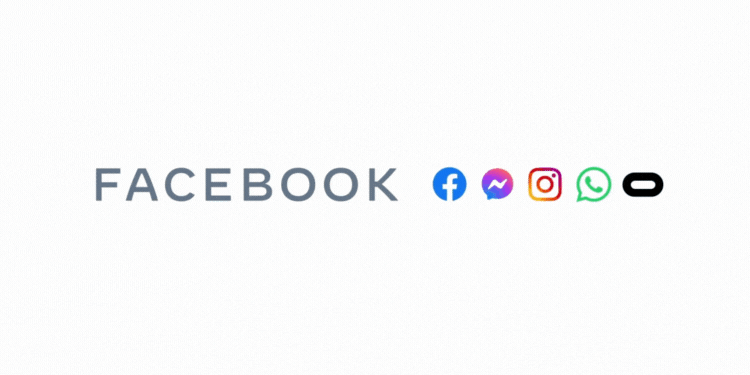
In 2019, Facebook launched its rebranding campaign “Meta” to modernize the company’s image and build trust with users.
The goal of this campaign was to show that Facebook is a platform for meaningful connections, highlighting how people use it to stay connected and share stories.
The campaign featured short videos showing real-life stories from people around the world.
They also ran interactive social media campaigns where users could engage with the brand on a more personal level.
By focusing on a positive message and giving their audience something they can relate to, Facebook was able to build trust with its users while refreshing its brand image in the public eye.
7. Adidas: Kanye West Collaboration
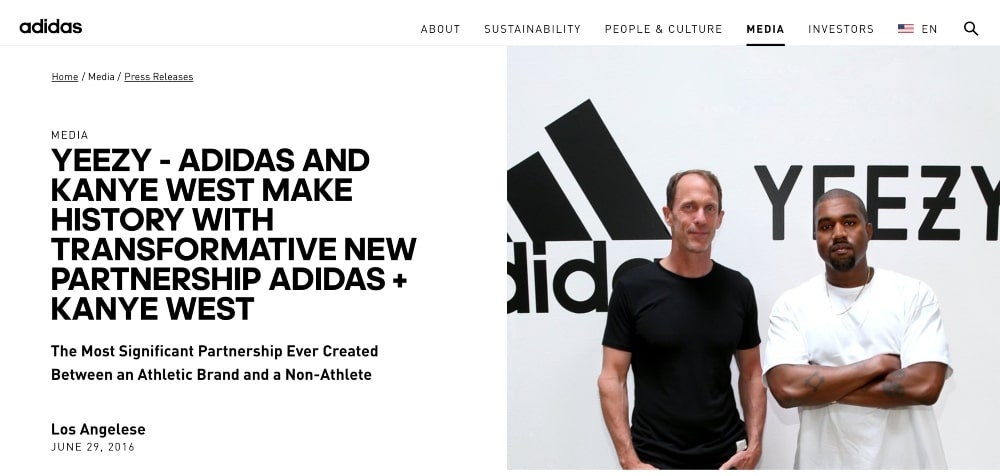
In 2015, Adidas launched a partnership with Kanye West, one of the biggest names in the music industry, to create a range of products that appealed to both fans of Kanye and Adidas, from sneakers to apparel.
This marketing move was seen as a stroke of genius by many people since it allowed Adidas to tap into Kanye’s massive fan base and increase its brand visibility.
It also helped establish Adidas as an innovator in the fashion world, making them a leader in streetwear culture.
8. Burger King: Whopper Detour
Burger King’s “Whopper Detour” campaign was a highly successful example of how to use location-based marketing.
The idea was simple: If you were near one of Burger King’s rival fast-food chains, you could use the Burger King app to get a Whopper for just one penny.
This clever move caused lots of buzz in the industry and attracted many customers who would not normally purchase from Burger King.
The “Whopper Detour” marketing campaign resulted in 1.5 million app downloads and generated 3.3 billion impressions for Burger King.
Thanks to its success, the campaign went on to win an Effie Award and has been credited with helping increase sales by double digits.
9. Coca-Cola: Share a Coke

In the summer of 2014, Coca-Cola launched its “Share a Coke” campaign in Australia and New Zealand. The idea was to replace their iconic logo with 150 popular names from each country.
The bottles were sold in supermarkets and convenience stores across the two countries.
This marketing campaign encouraged customers to purchase the personalized bottles as gifts for family and friends – or even just as a way to treat themselves.
The response was overwhelmingly positive, leading Coca-Cola to expand the campaign worldwide over the next few years.
It generated more than $500 million in revenue during its first year alone!
By personalizing their product, Coca-Cola was able to create an emotional connection with consumers that had never been done before.
10. Old Spice: The Man Your Man Could Smell Like
In 2010, Old Spice launched a series of television commercials featuring Isaiah Mustafa, an actor and former NFL practice squad wide receiver.
The campaign was designed to appeal to women between the ages of 18-34, who were their primary target market.
Through clever writing and humorous videos, they managed to convey the message that all men should use Old Spice body wash in order to be more attractive and desirable.
It ended up becoming a hit with audiences around the world.
In addition to TV spots, the company also ran interactive social media campaigns that allowed fans to ask questions directly to Mustafa. This generated even more buzz for the brand and helped solidify Old Spice’s position as the premier body wash for men.
11. Nike: Just Do It
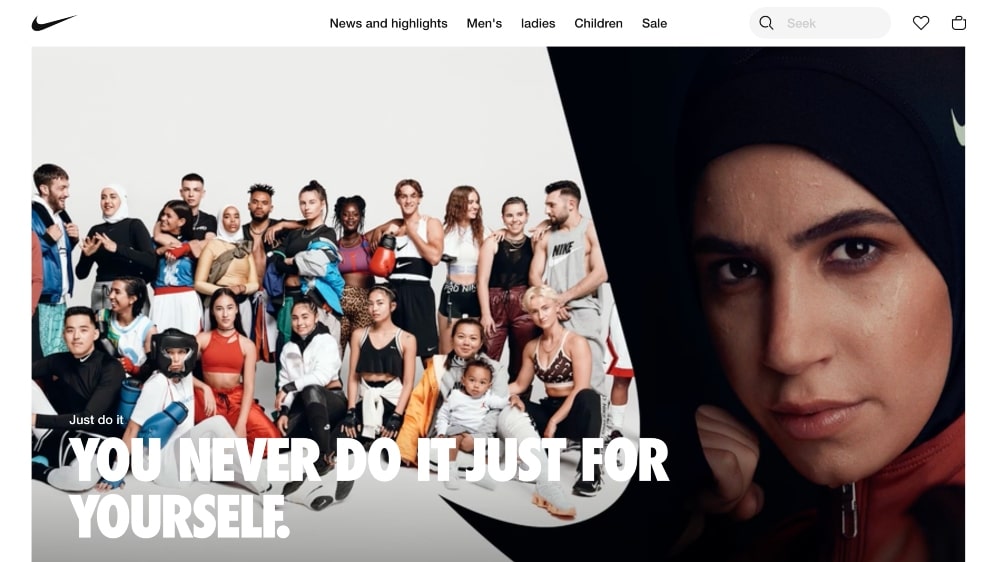
The iconic phrase “Just Do It” has become synonymous with Nike over the years thanks to its incredibly successful marketing campaign that launched in 1988.
The goal of this campaign was to appeal to athletes of all levels by encouraging them to push themselves and strive for greatness no matter their current skill level.
Nike used a combination of traditional media and digital channels such as YouTube, Instagram, and Twitter to reach its audience.
This campaign is one of the most recognizable campaigns in history, generating billions of dollars in revenue and establishing Nike as a global leader in the athletic apparel industry.
12. REI: #optoutside
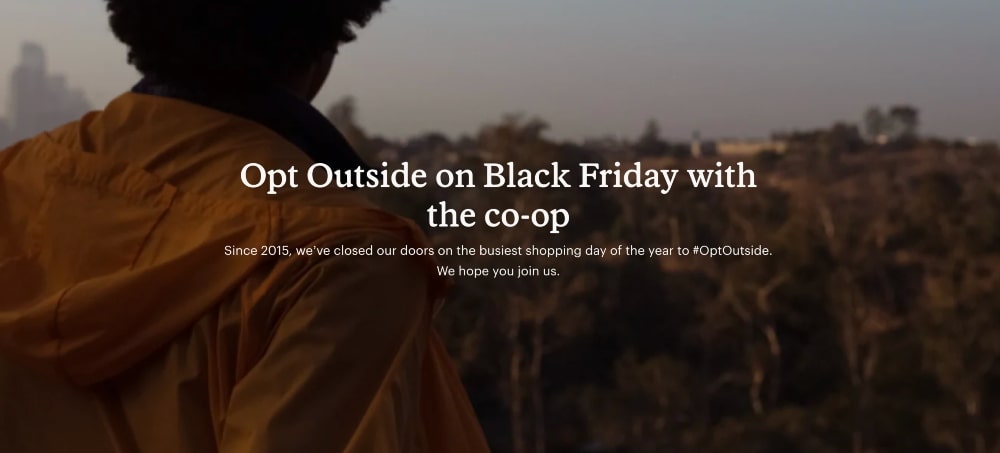
In 2015, REI launched its very successful social media marketing campaign, “#optoutside” to encourage people to spend time outdoors instead of going shopping on Black Friday.
The goal was to encourage consumers to disconnect from technology and reconnect with nature.
REI also closed all 143 of its stores on Black Friday to show its commitment to the cause.
This bold move resonated strongly with consumers, resulting in an estimated $2 billion in sales for the company during that holiday season.
Through this creative marketing campaign, REI was able to build a close bond with its customers and establish itself as an industry leader in sustainability and environmental consciousness.
13. McDonald’s: MDC Change Leaders
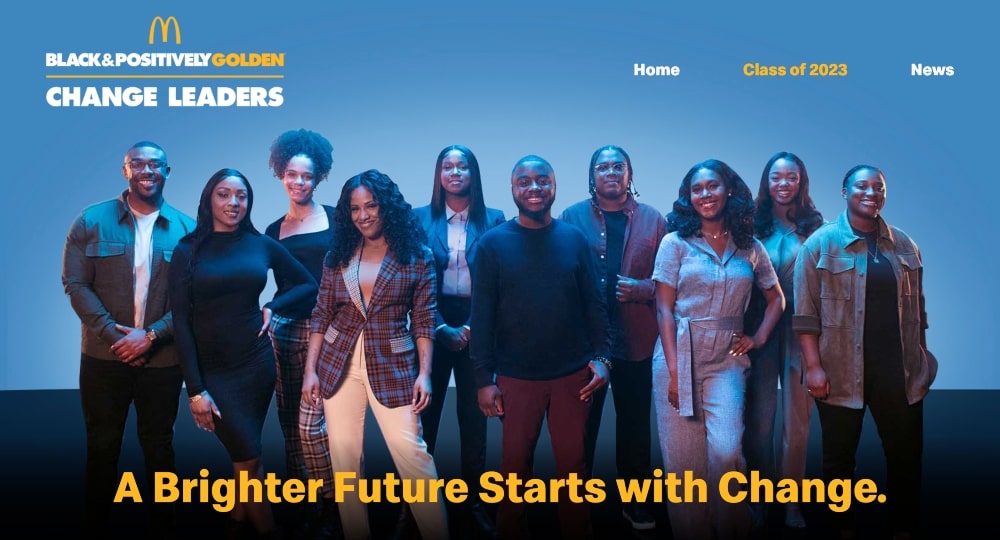
In 2019, McDonald’s launched its Change Leaders campaign to engage millennials and Gen Zers in the brand.
The goal was to demonstrate the company’s core values by showcasing young leaders who are creating positive change in their communities.
McDonald’s created an interactive website where users could learn more about each leader featured in the campaign.
It also ran a series of digital ads featuring influencers from around the world to generate further buzz for the campaign.
By using this unique approach, McDonald’s was able to appeal to younger generations while still staying true to its core values. The result? Increased engagement from millennial and Gen Z audiences and improved brand perception overall!
14. Dove: Real Beauty
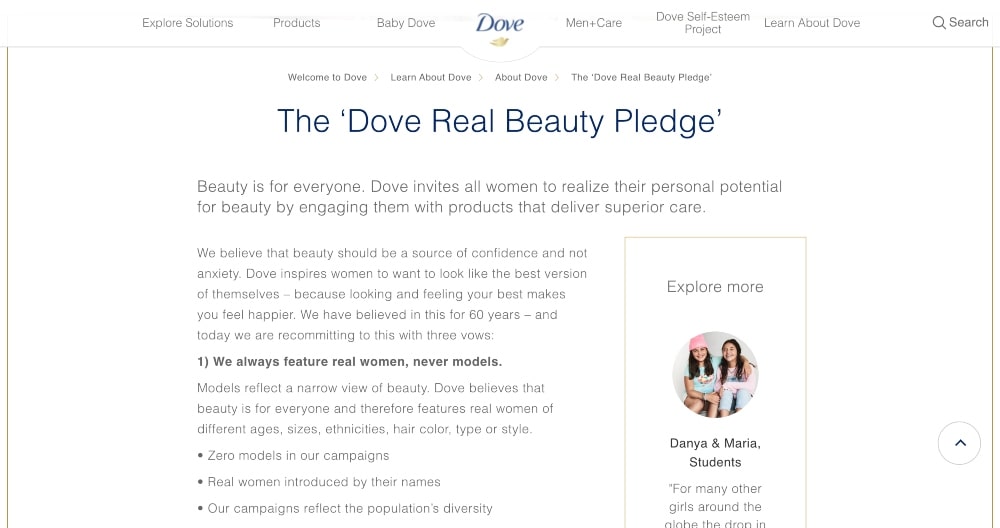
Dove’s “Real Beauty” campaign was created to challenge traditional beauty standards and promote self-acceptance among women.
The campaign featured real women of all shapes, sizes, and colors with the message that everyone is beautiful in their own way.
It has been credited with helping Dove increase sales by double digits and establish itself as a leader in the personal care industry.
By focusing on an important social issue, Dove was able to create a strong emotional connection with its customers that money can’t buy.
15. Oatly: Climate Footprint Challenge
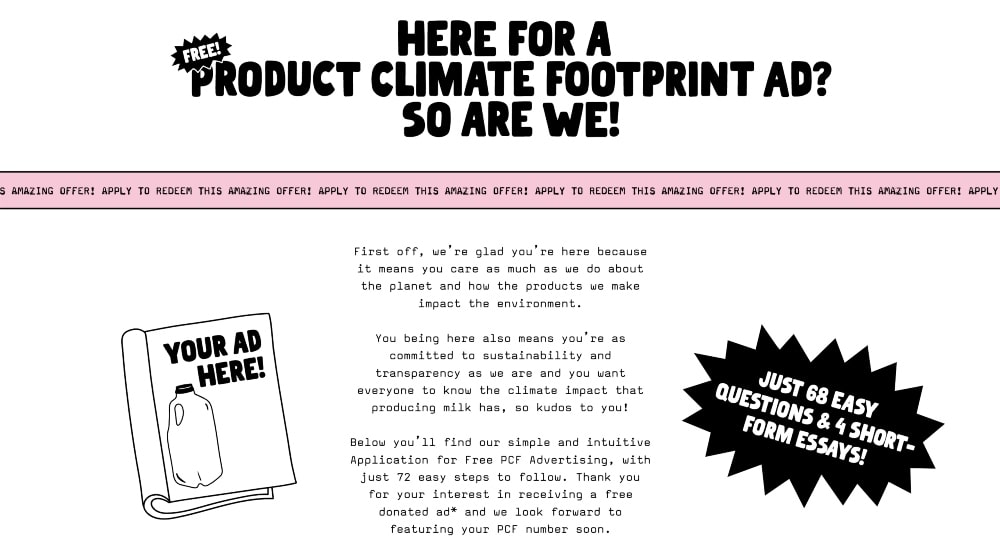
In 2020, the plant-based milk brand Oatly launched its “Climate Footprint Challenge” to raise awareness about climate change and encourage people to make simple lifestyle changes that can help reduce their carbon footprint.
The campaign featured a series of ads on social media that highlighted the impact of individuals’ daily actions on the planet while also promoting Oatly’s products as sustainable alternatives to dairy milk.
This marketing effort showed how brands can use their platform to create meaningful conversations around important issues and tie their own identity to important values like sustainability.
It was an effective way for Oatly to demonstrate its commitment to sustainability and build trust with its customers in the process.
16. Volvo Trucks: Live Test Series
Volvo Trucks launched its “Live Test Series” of videos in 2013 as a way to showcase the features and capabilities of its trucks.
In this series of online videos, Volvo Trucks put its vehicles through a series of rigorous tests in real-world conditions and then invited viewers to watch it all live as it happened.
The videos were a huge hit, garnering millions of views and helping Volvo Trucks strengthen its reputation as a leader in the heavy-duty truck market.
This marketing campaign was a great example of how to use live video content to engage viewers and create an emotional connection with your brand.
17. Doritos: Crash The Super Bowl
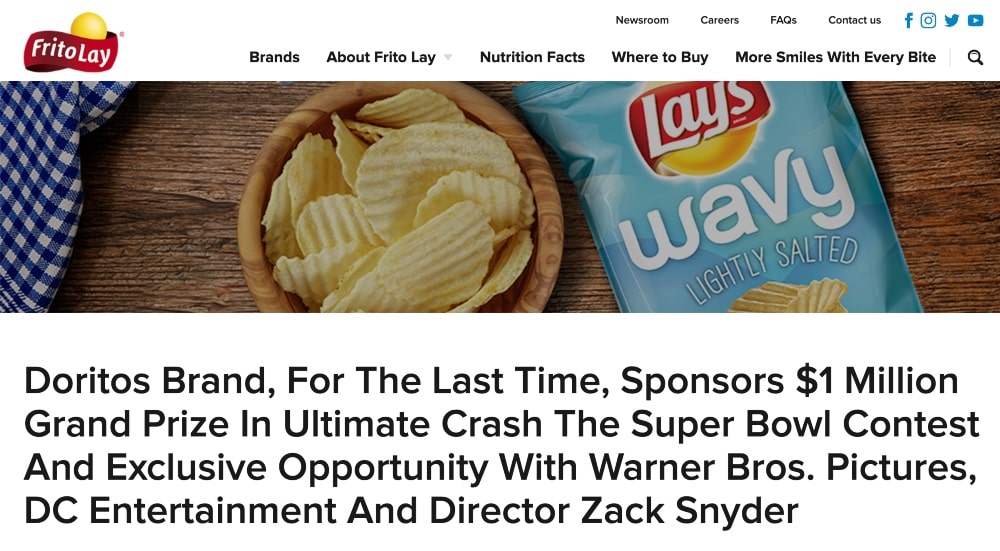
Doritos ran their “Crash the Super Bowl” contest from 2006 to 2015, giving consumers the chance to create and submit their own commercial for a chance to have it aired during the big game.
This popular promotion invited amateur filmmakers to create ads for Doritos that were then aired during the Super Bowl, resulting in a huge increase in brand awareness and sales.
Thanks to this marketing campaign, Doritos was able to increase brand awareness among its current customers and potential customers, resulting in higher sales figures through user-generated content.
It also gave them a way to interact with their audience on a more personal level by allowing fans to be part of the process.
18. Nike: Dream Crazy
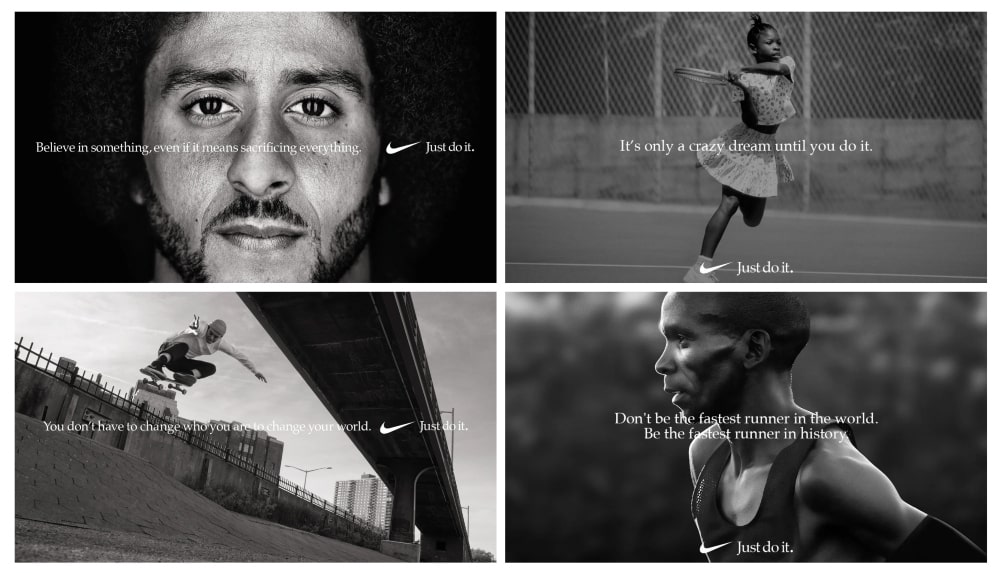
In 2018, Nike released its “Dream Crazy” commercial featuring superstar athlete Colin Kaepernick.
The ad encouraged viewers to dream big and overcome challenges in pursuit of their goals despite what others may think.
It was an inspiring call to action for people everywhere to challenge the status quo and take control of their own lives.
Nike received both praise and criticism for this campaign but ultimately it resonated with viewers and increased sales for the brand.
This showed how powerful storytelling can be used to create a lasting impact while also driving sales for a company’s products.
19. Frontline’s Interactive Floor Ad
Frontline’s “Floor Ad” was an innovative marketing campaign that launched in 2013.
The guerrilla marketing campaign featured a series of massive, interactive ads on the ground on the floor of public spaces such as train stations, airports, and malls featuring product images and information about Frontline’s flea and tick treatments for pets.
Guerilla marketing campaigns like this one use surprise and shock to capture the audience’s attention.
It also showed how effective traditional media can be when used in conjunction with modern digital channels such as social media and targeted online ads.
20. Vital Proteins: Jennifer Anniston
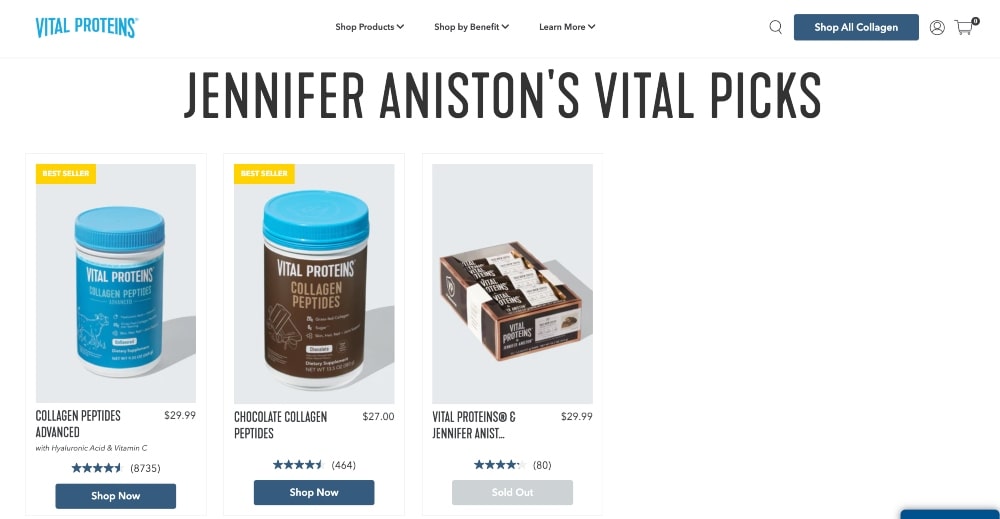
In 2019, Vital Proteins launched its first-ever celebrity collaboration with Jennifer Aniston to promote its collagen peptides and drinks.
The marketing campaign featured Aniston in a series of advertisements that showcased her own personal health journey.
It highlighted the importance of protein in a balanced diet and provided valuable education about collagen’s many benefits for overall health.
The campaign goal was to increase brand awareness and position the brand as a healthy product trusted by one of the most famous celebrities in the world.
The success of this campaign showed how effective celebrity endorsements can be when used strategically to reach new audiences.
21. Volkswagen Beetle: The Force
Volkswagen’s “The Force” commercial was released in 2011 and featured a young Star Wars fan dreaming of being able to drive his own Volkswagen Beetle.
This emotional advertisement struck a chord with millions of people around the world, increasing sales for the brand.
By tapping into pop culture and nostalgia, Volkswagen was able to capture the attention of the brand’s target audience and establish itself as a fun and innovative brand.
It showed that powerful storytelling can be used to create an engaging marketing campaign that resonates with viewers on an emotional level.
22. Spotify Wrapped
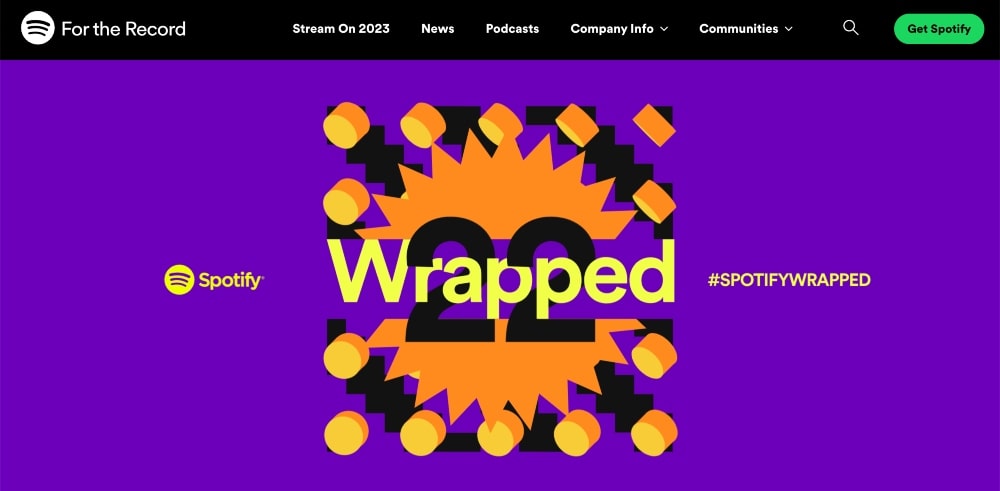
Spotify’s “Wrapped” campaign was designed to promote its streaming service and show users how much music they had listened to over the course of a year.
It featured a personalized website that gave users detailed breakdowns of their listening habits, showing them their top songs, artists, and genres for the year.
This marketing campaign helped Spotify increase engagement with its customers by providing them with an entertaining way to view their listening habits in an interactive and informative way.
The success of this campaign showed how data can be used to create personalised experiences that keep audiences engaged with your brand over time.
23. Apple: WWDC
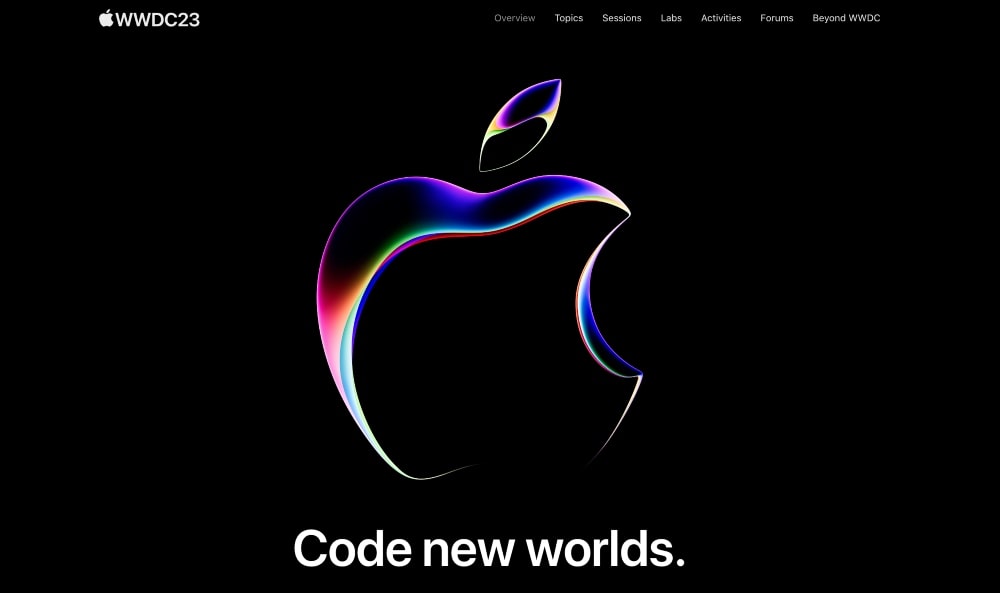
Apple’s Worldwide Developers Conference (WWDC) has been a huge success since its inception in 1983.
The event showcases the latest products and technologies from Apple and has become an important product launch campaign for the company every year.
It allows them to present their new products on stage to thousands of developers and customers around the world, while millions are watching online.
By hosting WWDC every year Apple, creates hype around new products while also promoting the brand on a larger scale.
24. Starbucks: #redcupcontest
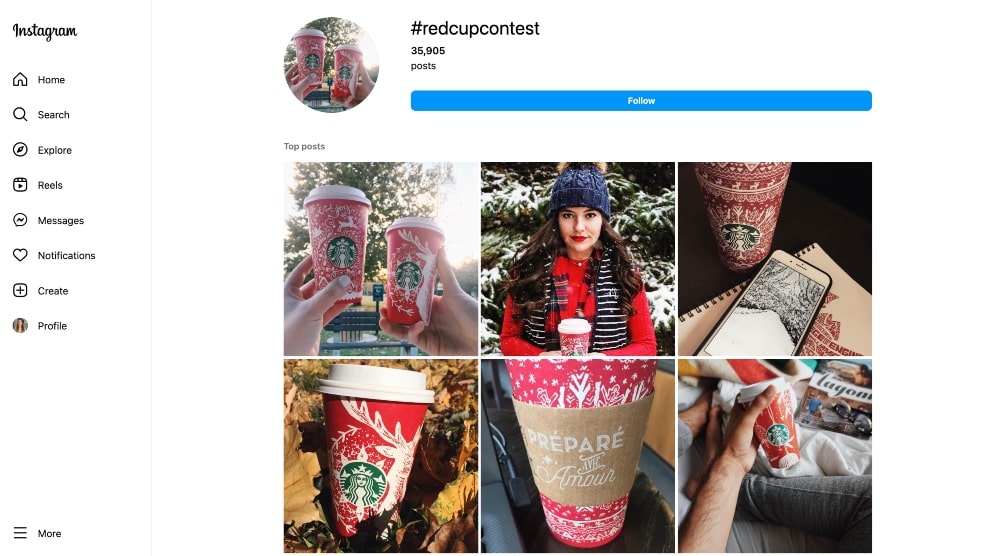
In the holiday season of 2015, Starbucks launched its “Red Cup Contest” to promote its iconic red cups.
The campaign encouraged customers to take photos of their red cups and share them on social media using the hashtag #redcupcontest for a chance to win prizes.
This marketing campaign successfully used user-generated content to create excitement around Starbucks’ seasonal products while also building brand loyalty among existing customers.
It showed how strategically timed campaigns with creative content can help companies reach new audiences and boost sales during key times of the year.
25. Adobe: Creative Cloud Stories
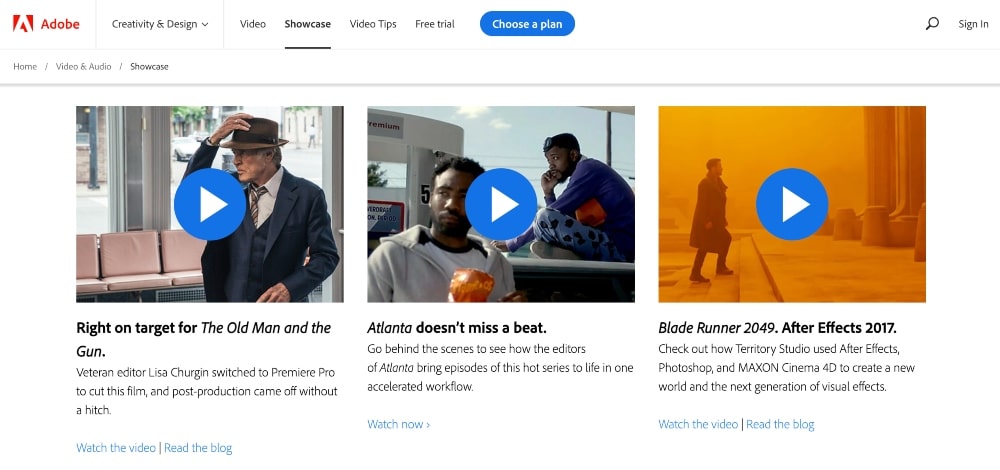
Adobe’s Creative Cloud Stories sought to highlight the personal stories behind creative projects and celebrate the power of creative expression.
The campaign featured a series of short films showcasing inspiring stories from up-and-coming creatives, highlighting Adobe’s Creative Cloud software as the tool that helped them bring their ideas to life.
It was a great example of how powerful storytelling can be used to promote a brand’s products in an authentic way.
By featuring real stories from real people, Adobe was able to show customers that its products can help them achieve their creative goals while also demonstrating its commitment to empowering creatives around the world.
26. Oreo: Daily Twist
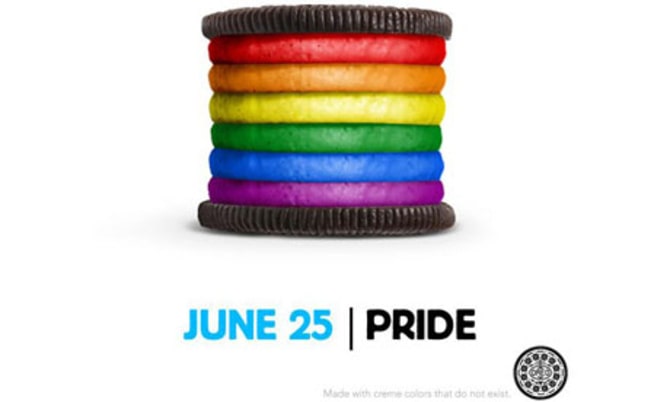
Oreo’s “Daily Twist” was an innovative digital marketing campaign launched in 2012 that focused on reinventing the iconic cookie.
The campaign featured a series of creative and interactive ads on social media that highlighted the brand’s fun and playful side.
It also included daily contests that gave away prizes to customers who participated in the online conversations about Oreo cookies.
This marketing campaign showed how brands can use digital channels to target their audience with fresh content while reinforcing their core values.
It was a great example of how companies can create unique experiences for customers while still staying true to their overall brand identity.
27. Ikea: The Wonderful Everyday

Ikea’s “The Wonderful Everyday” campaign was a multi-faceted marketing effort that launched in 2010 to promote the retailer’s home décor products.
It included television commercials, print ads, and digital content featuring everyday people showing off their stylish homes and how they made them feel special.
Ikea created an emotional connection with its audience by celebrating moments of joy and happiness in life.
It also used this opportunity to promote its products as solutions for creating a beautiful home environment without breaking the bank.
28. Gillette: The Best Men Can Be
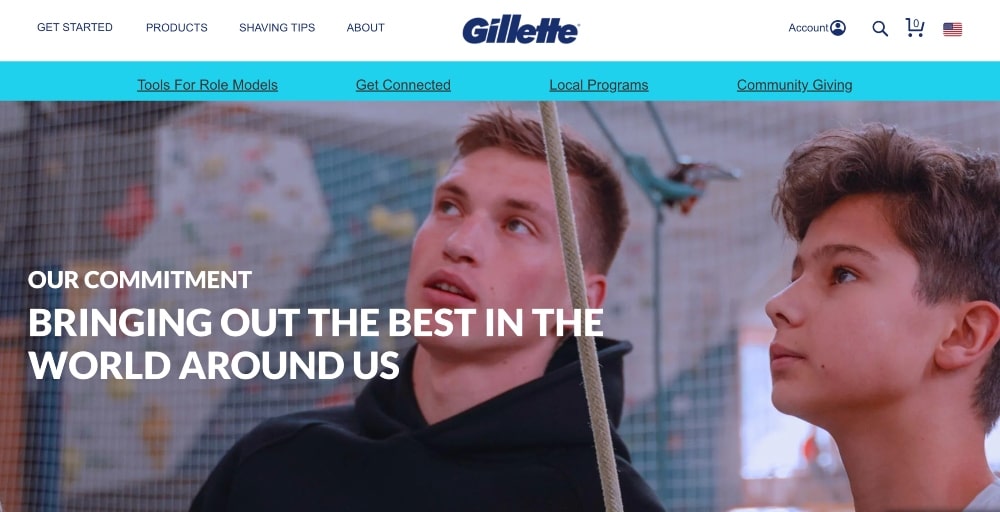
Gillette’s “The Best Men Can Be” campaign was launched in 2019 with the goal of promoting a more positive image of masculinity.
The marketing effort featured a 1-minute ad that spoke to men about the importance of being respectful and setting a good example for future generations.
It highlighted how all people are capable of making positive changes and encouraged men to take action to be better versions of themselves.
This campaign used an important social message to create an emotional connection with its audience while also reinforcing Gillette’s core values.
It showed how brands can use their platforms for meaningful causes that inspire change in society and have a lasting impact on their customers.
29. Pepsi: Generation Next
In 2004, Pepsi launched its “Generation Next” marketing campaign aimed at targeting young adults between the ages of 18 and 24.
The campaign featured a series of television commercials featuring popular musicians such as Britney Spears, Jay-Z, and Beyonce.
This campaign featured young people from diverse backgrounds and showcased how Pepsi was an iconic part of their lives, tapping into the millennial generation to help increase sales for the brand.
This marketing campaign sought to appeal to younger generations by focusing on music, fashion, and lifestyle trends that were popular among their target demographic.
This is a great example of building brand awareness in new audiences.
It helped them establish themselves as a hip and trendy company that can keep up with the ever-changing tastes of its customers.
30. Nintendo Switch: Play Together
Nintendo’s “Play Together” campaign was launched in 2017 to promote the newly released Switch console.
The campaign’s goal was to show how Nintendo’s newest console could bring people together by offering fun and unique multiplayer experiences.
They ran a series of commercials featuring real families playing games together on the Switch, as well as running social media campaigns that allowed fans to share their own stories of gaming with family and friends.
This marketing campaign helped boost sales for the Switch while also creating an emotional bond between Nintendo and its players.
It showed customers that Nintendo is not just about video games but about connecting with those we love through shared experiences.
FAQs About Marketing Campaigns
Key Takeaways for Your Marketing Strategy
Whether it’s an email marketing campaign or a social media campaign, make sure to have the key elements in place when creating your marketing strategy.
Creating a marketing campaign involves setting goals, budgeting, identifying your target audience, developing a campaign strategy, and executing the plan.
Gathering customer feedback can also help you to optimize campaigns over time.
To get the most out of your marketing efforts, make sure to adhere to your campaign budget and create a strong call-to-action for each marketing channel that you utilize.
While it’s helpful to look at each of the marketing strategies on this list, it’s also helpful to remember that each company is different and will need to find its own way to reach its target audience.
